Overview
The garnet, the birthstone for January, captivates with its ageless beauty and ethereal allure. It gleams with a rich tint of deep red. Garnet maintains a unique place in the hearts of those born in January, infusing their lives with a vivid vitality that echoes throughout the seasons as the first gemstone of the year. From the ancient Egyptians who decked their pharaohs with its crimson glow to the Romans who thought it possessed the power to guard against disaster, garnet has enthralled civilizations with its reassuring presence for millennia.
The appeal of garnet still captivates people today, gracing contemporary jewelry with its fiery splendor and acting as a talisman of passion, strength, and safety. Join us as we embark on a trip to explore the fascinating world of the garnet. This gemstone inspires the soul and illuminates the path for those born in January.
What is Garnet?
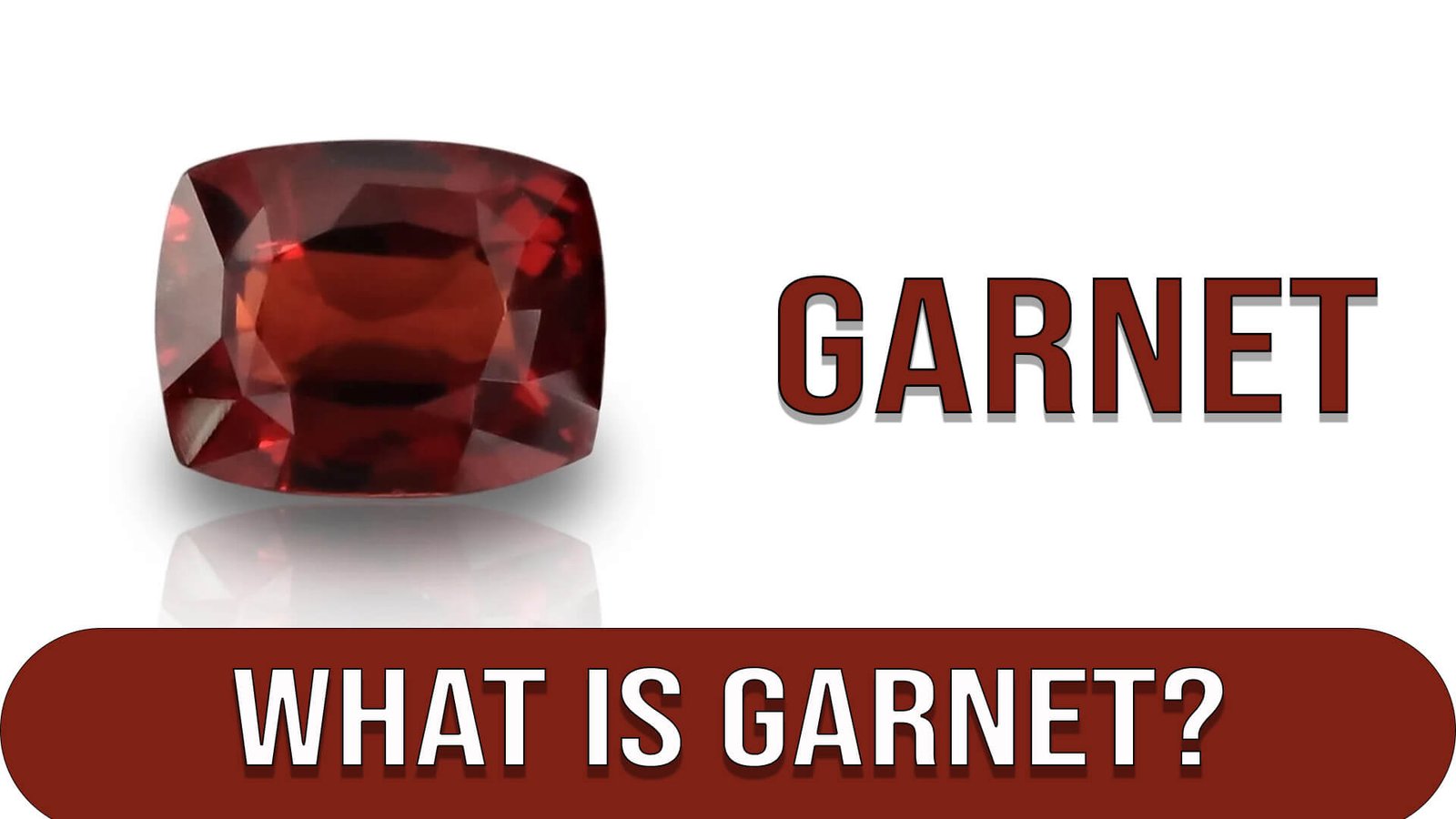
Garnet would be your birthstone if you had the good fortune to be born in January. Another important fact is that it is both January’s traditional and modern birthstones. It is a stunning stone that is usually dark red, occasionally reddish-orange. The hue is frequently compared to that of a vivid red pomegranate. However, not all garnets come in red; you can also find some priceless stones in yellow or emerald green.
History of Garnet
Over 5000 years ago, the Bronze Age saw the discovery of garnets, which have since been prized. The Latin word for garnet, granatus, means “pomegranate,” which precisely defines its color. Since ancient Egypt, garnet stones have been utilized in jewelry pieces like necklaces. The nobles and clergy favored jewelry made of deep red garnet during the Middle Ages. The Victorian era, long before diamonds became fashionable, saw the use of this blood-red gemstone in jewelry.
Ancient Indian astrology holds that garnet, the birthstone for January, purges negative emotions and replaces them with self-confidence while fostering mental clarity and creative thought. It is regarded as a gemstone that will protect one from harm while traveling. Whatever meaning you ascribe to garnet, it is undeniably a beautiful gem. Although you can find the garnet stone in many places worldwide, most of the supply comes from Africa.
Meaning of Garnet
The Latin word granatus, which means “seeds,” is where the name “garnet” comes from. This is probably because the gemstone resembles pomegranate seeds. The deep-red gem was referred to as excellent in early French. When borrowed into English, great later became “garnet.” The garnet is the subject of extensive mythology that spans many cultures and eras. The belief that garnet shields its wearer from adversaries, disease, or terrible nightmares is a popular theme. Garnet has long been considered a protective stone and a means of promoting healing and love. Roman soldiers would wear garnets before battle in the third and fourth centuries. Additionally, it guarantees security throughout lengthy voyages.
Over the years, garnet’s protective properties have led to royalty favoring garnet jewelry and clothing adornments. Native American healers believed garnet could fend off poison and injury, while ancient Egyptians thought it could treat sadness and fight unpleasant dreams. Biblical lore claims that Noah utilized a garnet gem as a light source on the Ark.
Asian tribes used garnets as bullets during combat because they thought they would do more damage. Gems like garnet were utilized in anti-inflammatory and heart-soothing treatments in the ancient and medieval worlds. Garnets worn around the neck throughout the Middle Ages were considered a remedy for dyspepsia and sore throats. In more recent times, it is suggested that garnet bestows on wearers loyalty and unwavering affection. Additionally, it is said to promote business success!
Symbolism and Properties of Garnet
Whether or not you were born in January, garnet is a powerful crystal to add to your collection due to its many symbolic connotations. It has a tight relationship with the root chakra, which governs our sense of safety, stability, and grounding and is linked to concepts like grounding and passion. It’s essential to have the grounding of a ‘safe space’ to explore unknown ideas and unchartered passions bravely. This makes it a valuable stone to bring along.
Garnet can help you fire that desire because it has been said that passion is like a muscle you need to keep working to keep strong. Therefore, being present, as well as being current and eager, is the perfect recipe for passion. Garnet “serves you to get to the root of what’s holding you from feeling passionate, and it helps to remind you that passion is not something that comes from beyond; it comes from within. It aids in your mindset change.
Garnet can help assist you in establishing and maintaining clear boundaries as well as for assisting in removing inhibitions and barriers so that you feel comfortable and supported in pursuing your real interests. A suitable affirmation to employ in conjunction with this stone is your passion.
Characteristics of Garnet
Garnets are a collection of silicate minerals with slightly different chemical compositions. Garnet crystals may include various concentrations of calcium, magnesium, iron, manganese, aluminum, and chromium, depending on the environment in which they developed. Due to these variations, garnets are found in various colors, opacities, and hardness that range from 6.0 to 7.5 on the Mohs scale.
Most garnets are created during metamorphosis, the structural alteration of sedimentary rocks like shale under extreme heat and pressure. These circumstances exist where tectonic plates converge. Under these circumstances, minerals re-crystallize into structures more tolerant of high pressure and temperature. Some turn into garnets. Garnets can also be found, though to a lower level, in igneous rocks like granite.
Garnets are hard, so even when weather erodes the metamorphic and igneous rocks they crystallize in, they largely maintain their shape. They become sediment, eventually turning into soil, sand, or sedimentary rock. These formations provide garnets to miners since it is simpler to remove the crystals. Australia delivers almost half of the world’s supply. India, China, and the United States are other significant sources.
The appearance of January Birthstone: Garnet
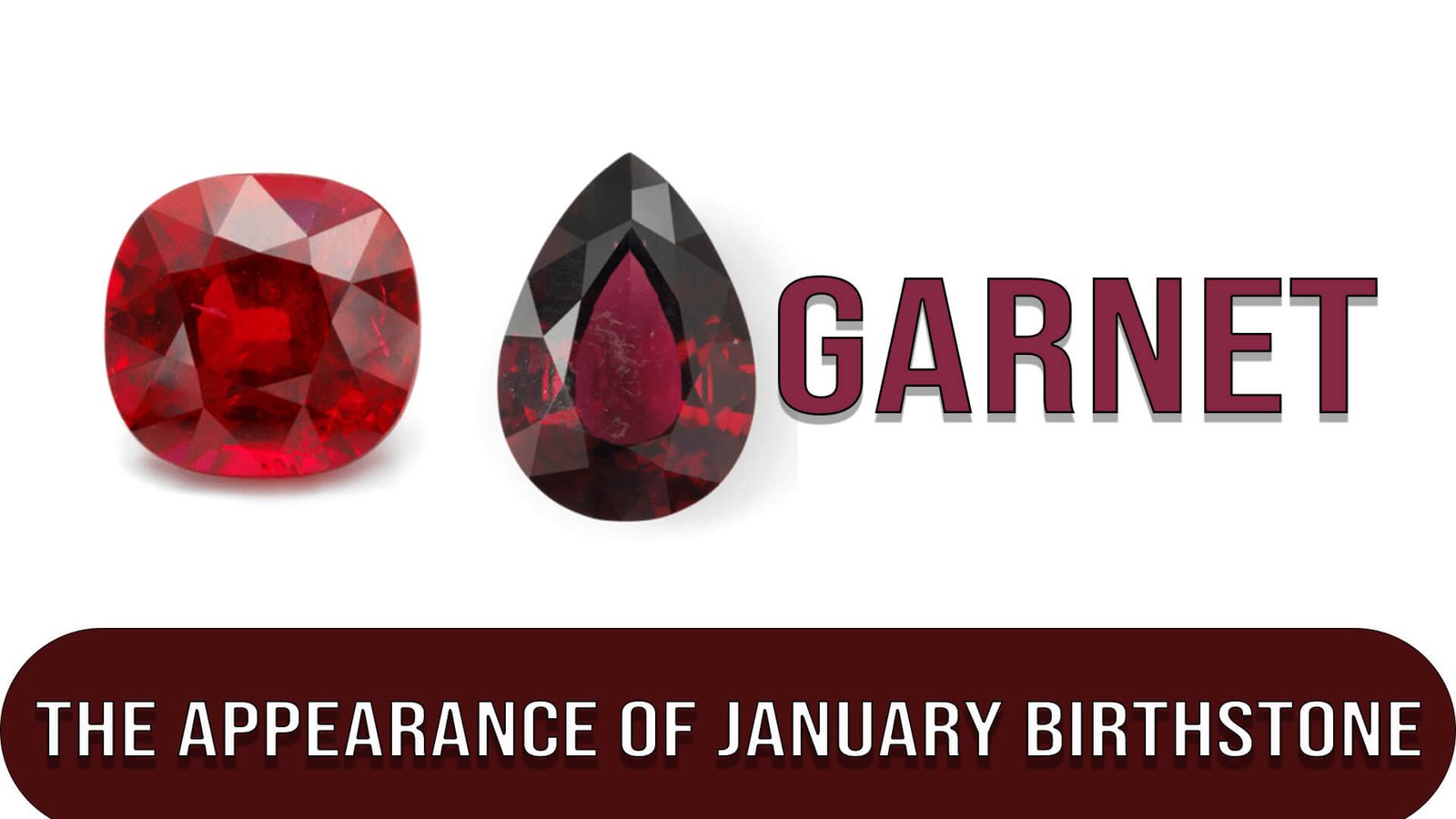
Garnets are distinctive gemstones that are most well-known for being rich red. This gemstone typically comes in orange, purple, black, green, and blue hues, although the latter is relatively uncommon. There is no denying that garnets are beautiful, from the purple garnet with its royal plum color to the demantoid garnet with its brilliant green color. Even color-changing garnets are available; depending on the light, the stone will disclose a variety of hues. The stone will initially appear grey, but when seen in a different light, it will turn purple! If garnet is your birthstone, but you don’t like the red color, there probably is a garnet with a color you will like!
Colors of Garnet
Garnet naturally comes in various colors, including greens, yellows, and even blues. However, given its intimate link with pomegranate, garnet is best known for its deep red color. The appearance of garnets can range from being entirely opaque to being transparent. The significant gem minerals pyrope, almandine, spessartine, grossular, andradite, and uvarovite are all constituents of garnet.
Pyrope
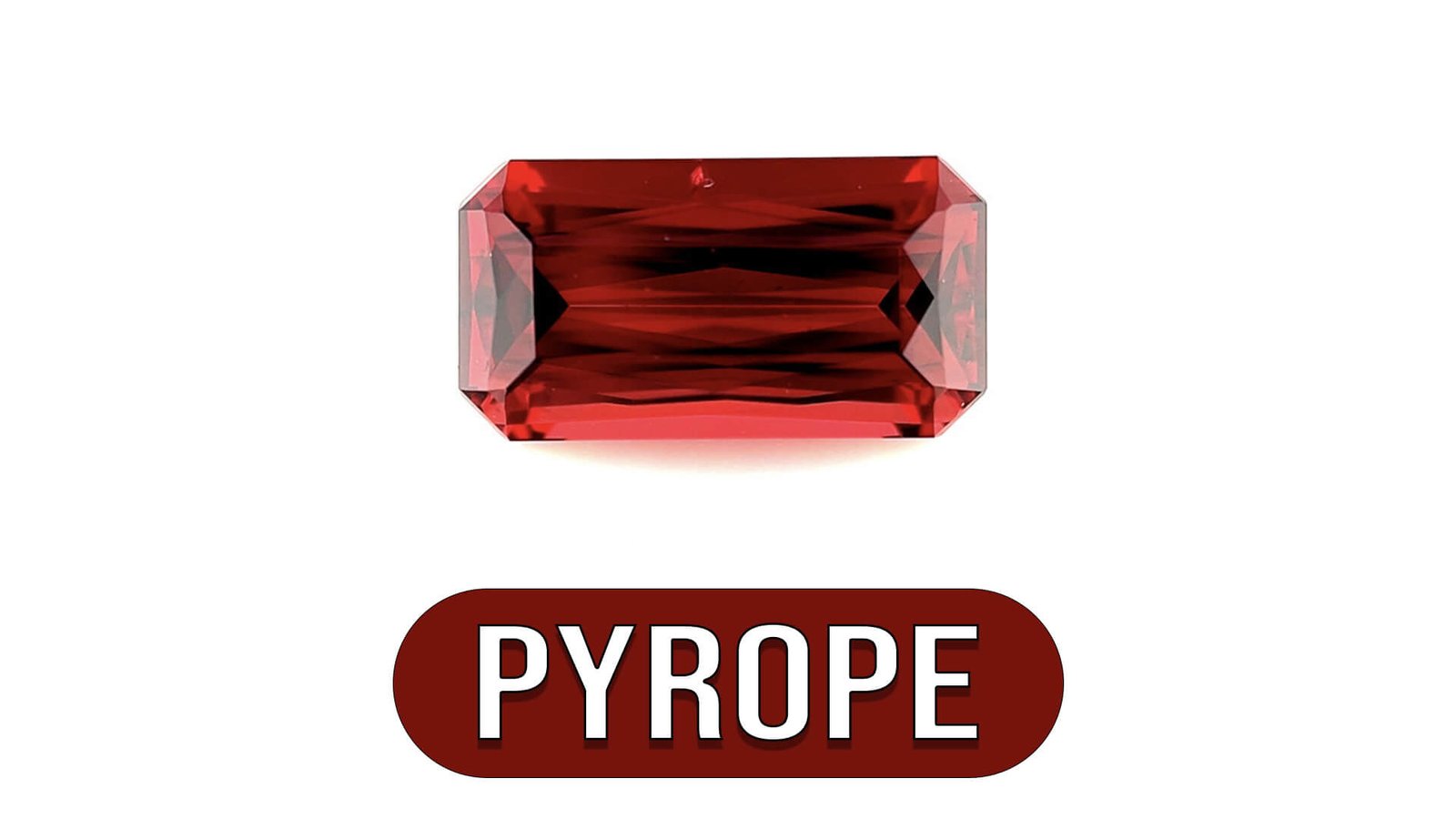
The stone most frequently connected with vintage jewelry is pyrope, which is only red. Usually, this garnet, the birthstone for January, is a lighter shade of red, which can occasionally be more of a brownish red. Pyrope garnets are stunning garnets that are. They frequently have few inclusions and are exceedingly clean.
Tsavorite Garnet
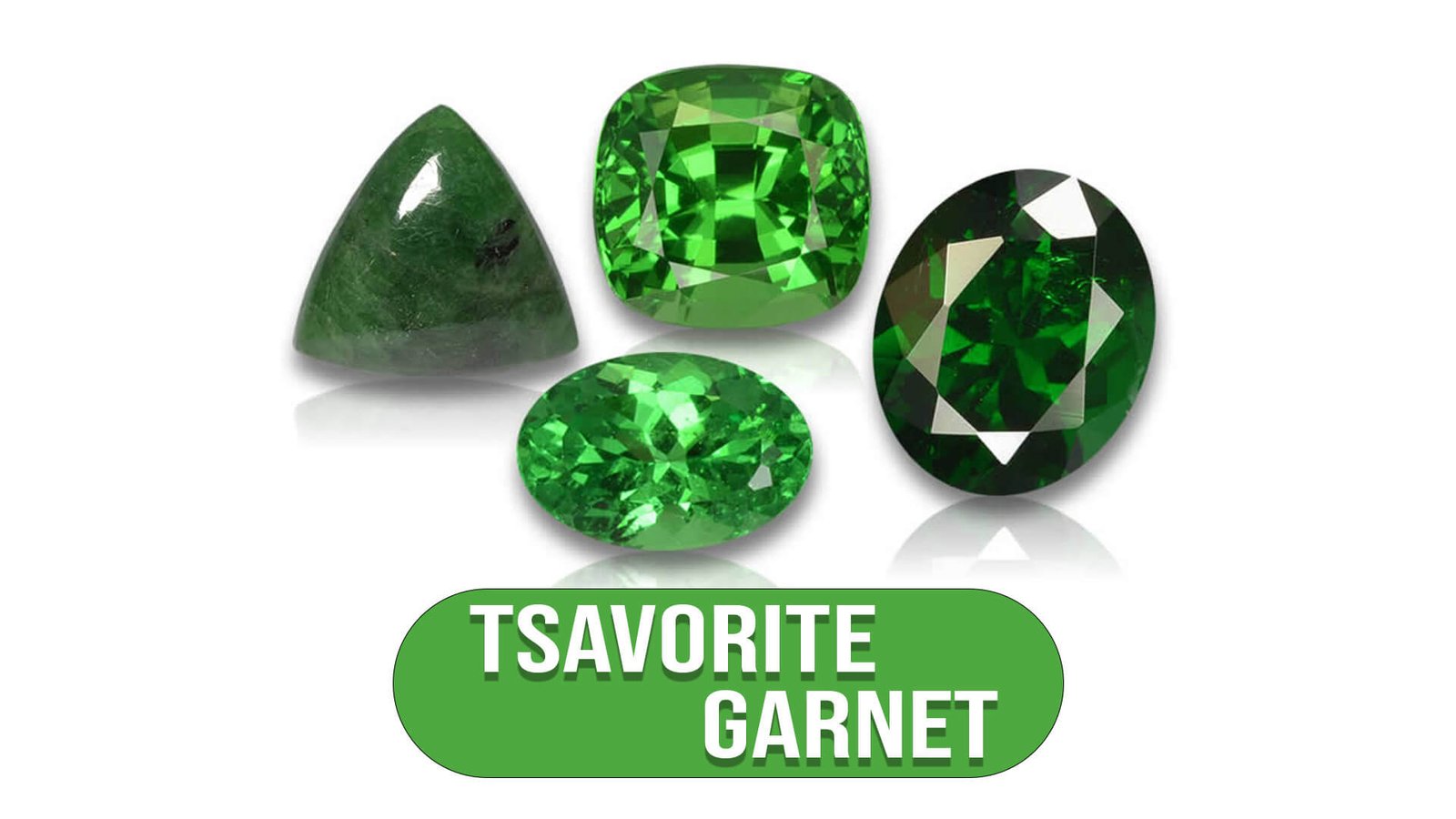
In reality, the tsavorite garnets are green gems. This garnet birthstone’s striking emerald green hue is sure to impress. This is one of the most expensive versions of the January birthstone because of its popularity. Some of the rarest gemstones are garnets called tsavorite. You’ll pay a little more for jewelry with this magnificent stone as the January birthstone. If you desire distinctive garnet tsavorite ring or any other kind of jewelry, it can be worth the extra money because it is beautiful and unusual.
Demantoid Garnet
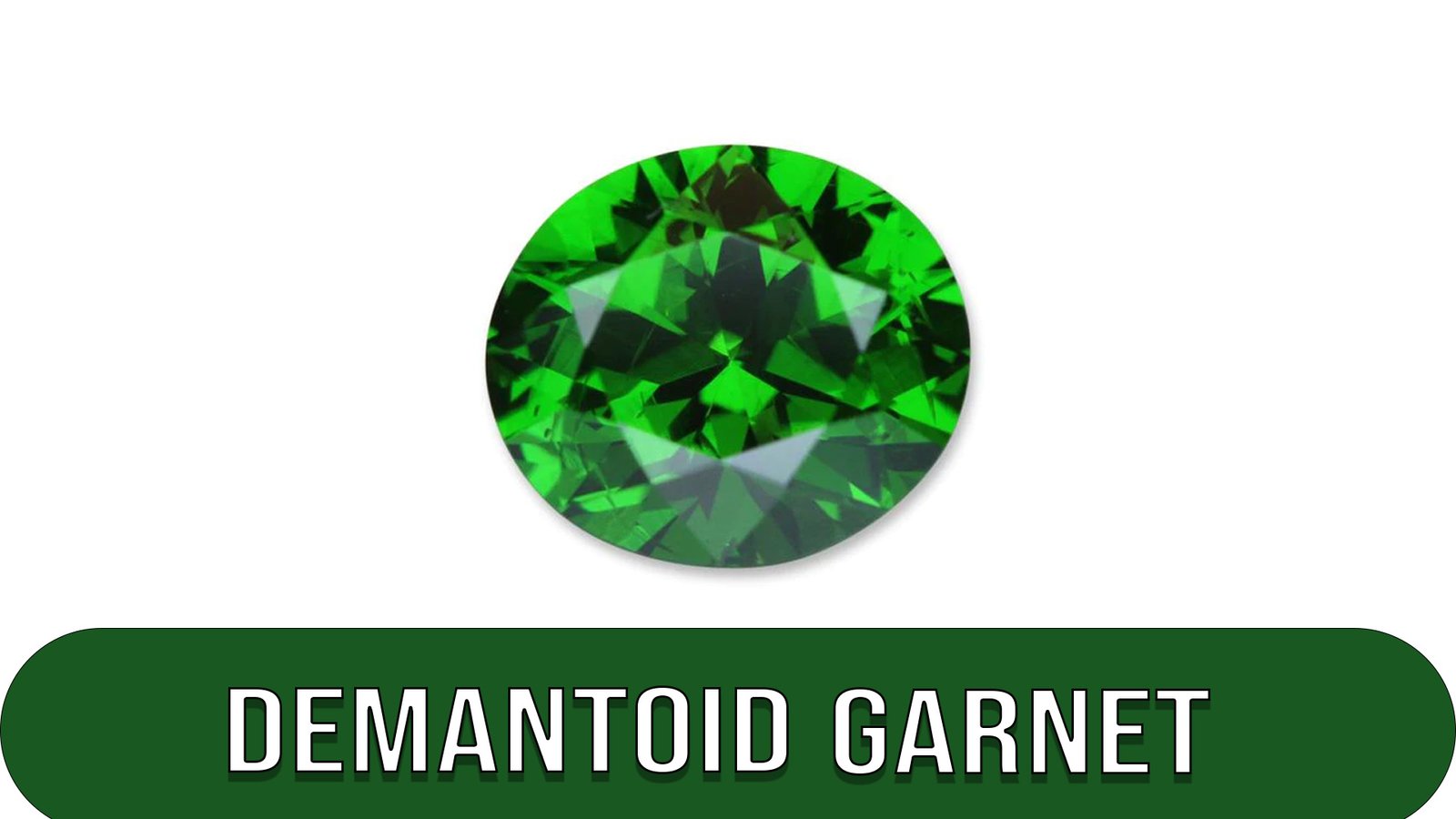
For instance, the demantoid garnet, which costs about $1,000 per carat, is one of the rarest and most expensive garnets. A traditional garnet will often cost between a few hundred and several thousand dollars, depending on its quality and size. The Ural Mountains are where these stunning jewels were discovered.
Spessartine
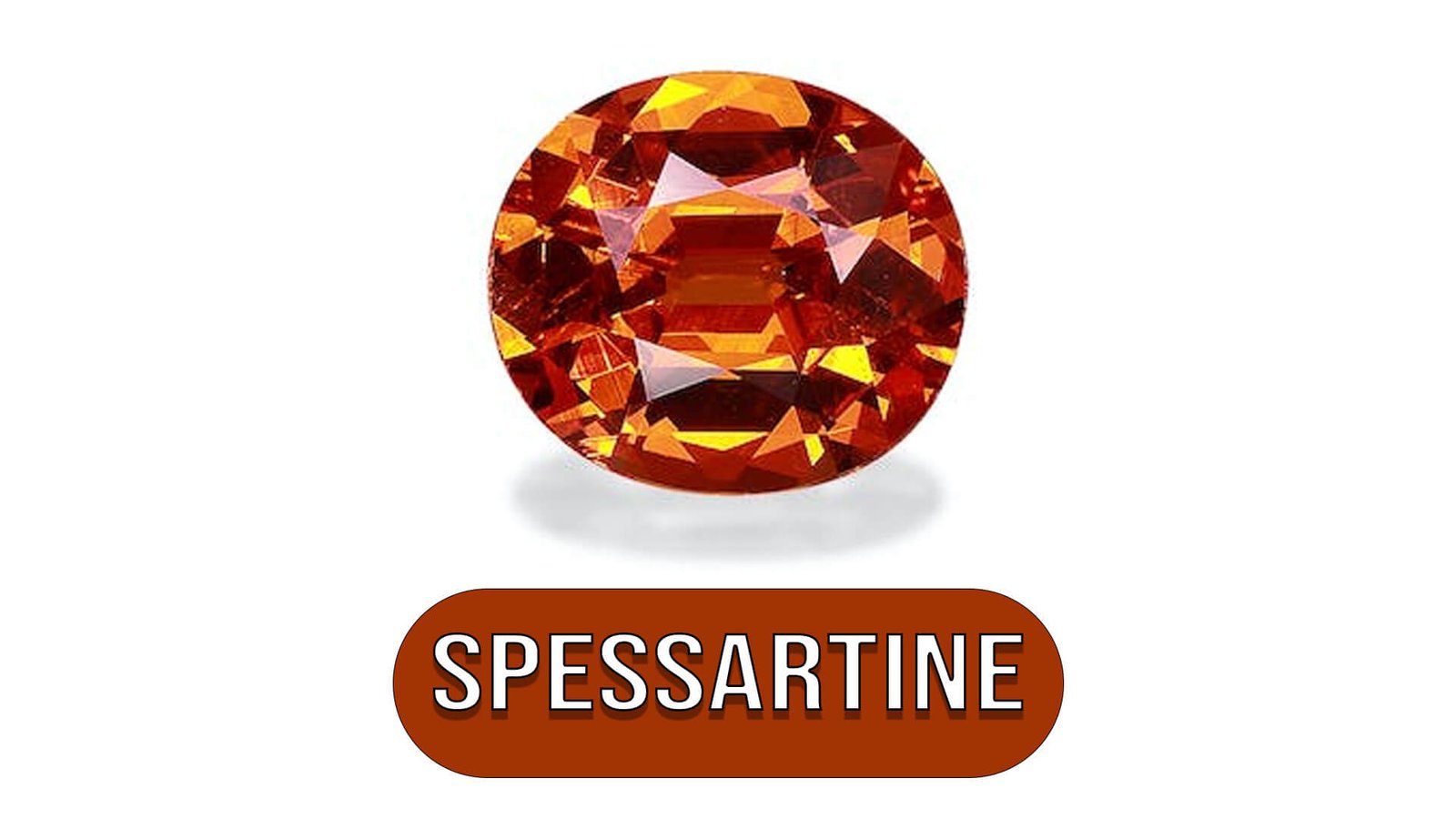
Spessartine is primarily orange.
Almandine
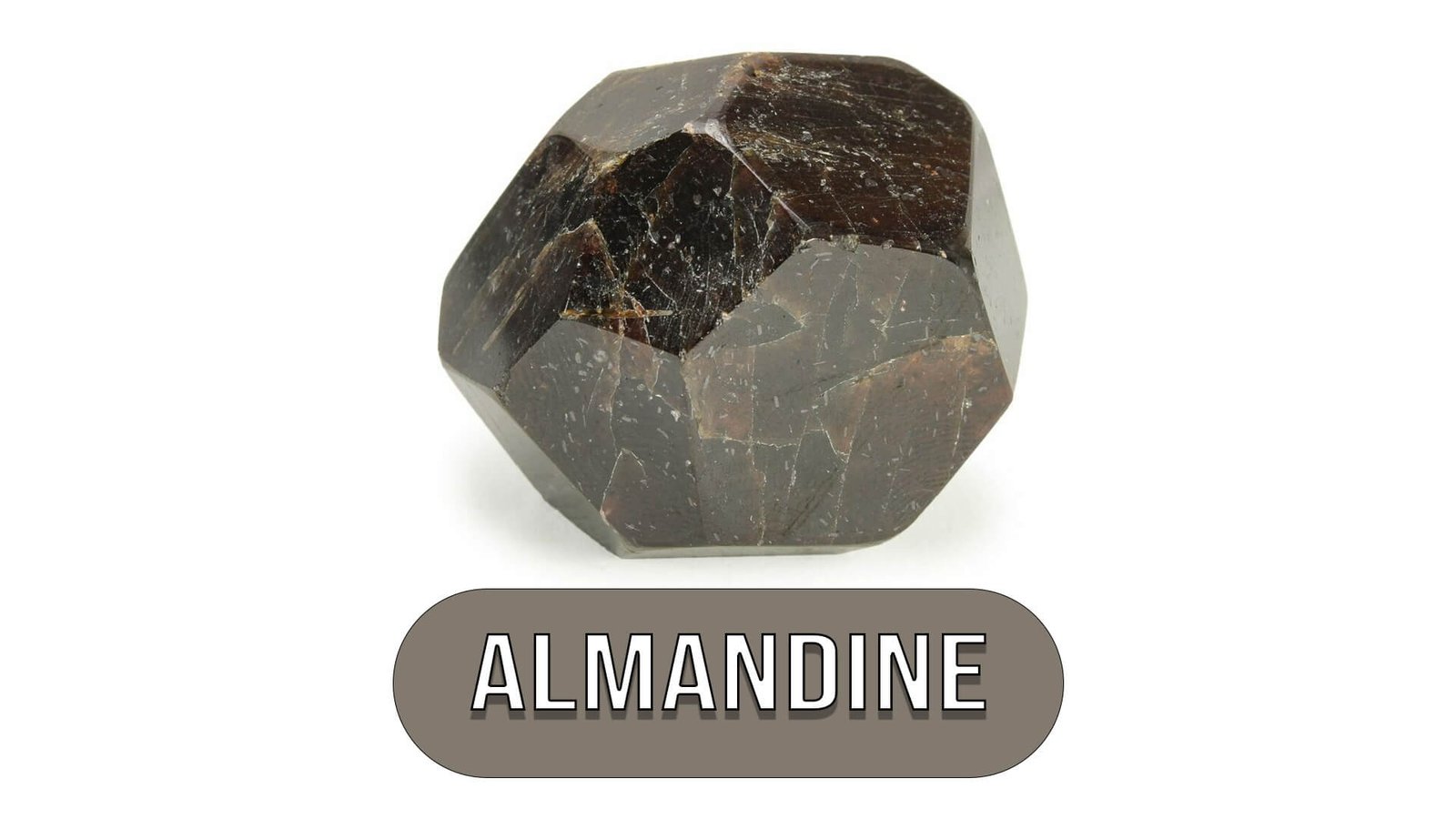
Almandine can range from deep red to brownish red and black.
Grossular
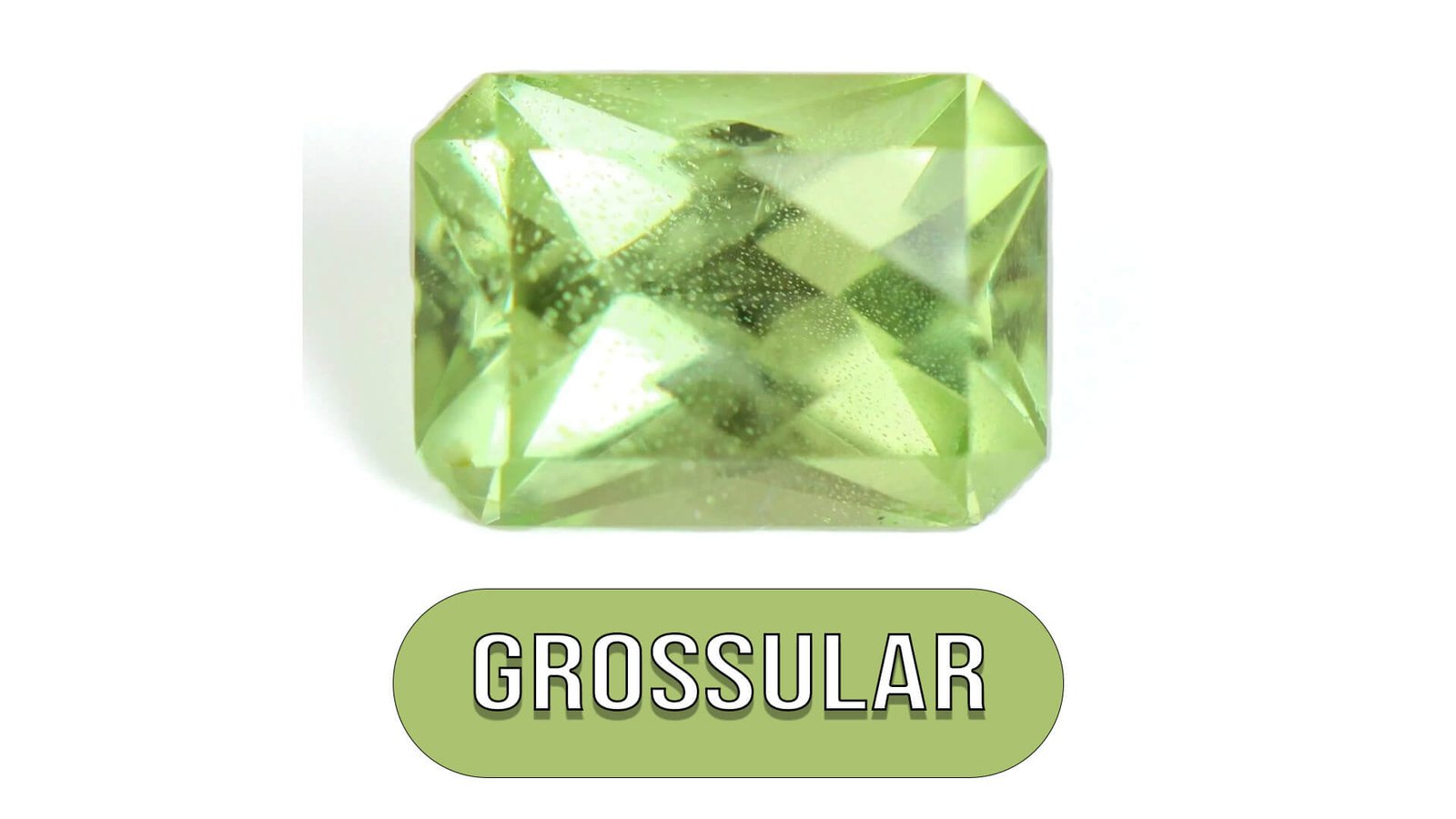
Grossular is typically green but can also be brown-red or yellow.
Andradite
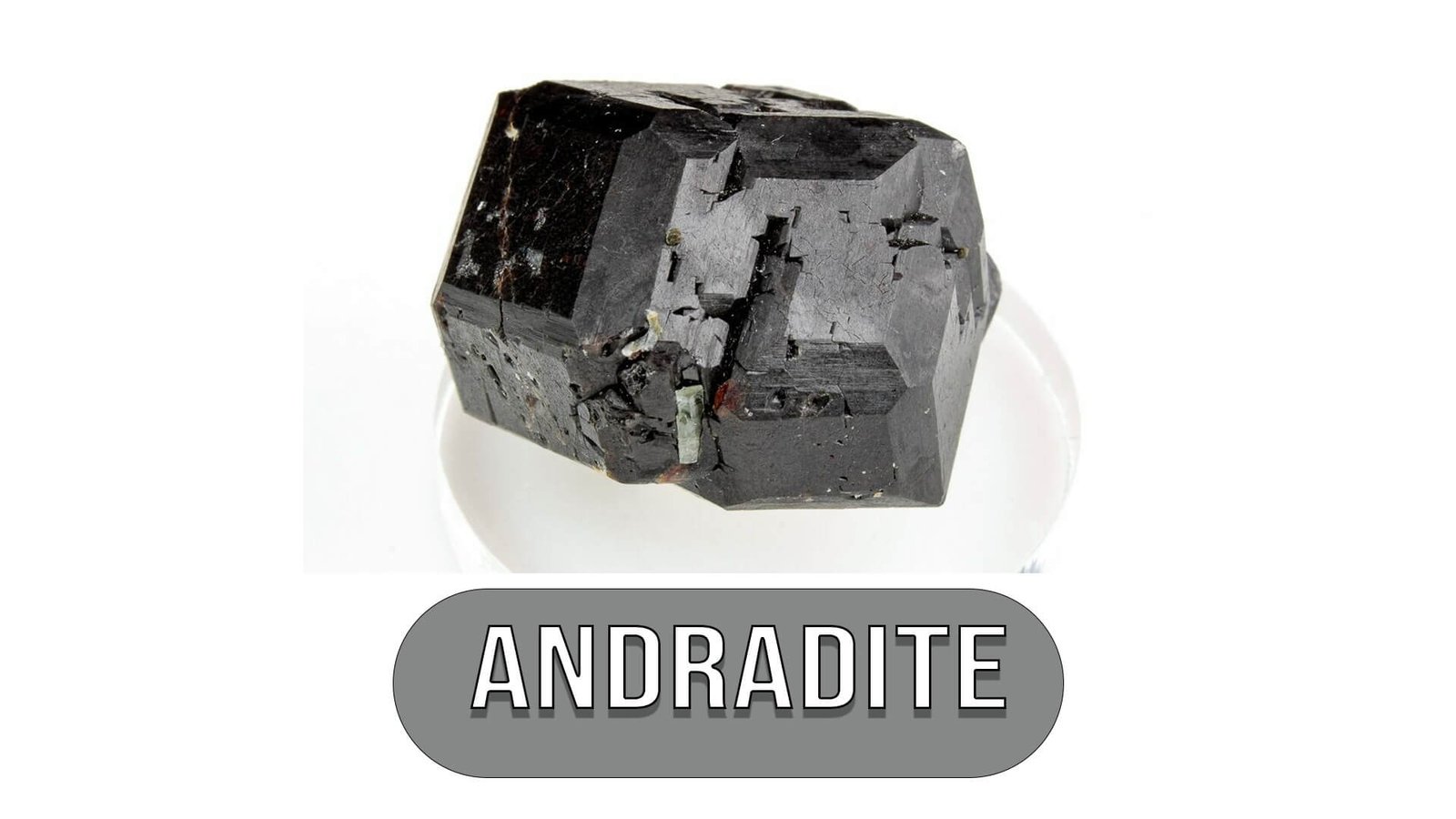
Andradite comes in various colors, including red, yellow, brown, and green.
Uvarovite
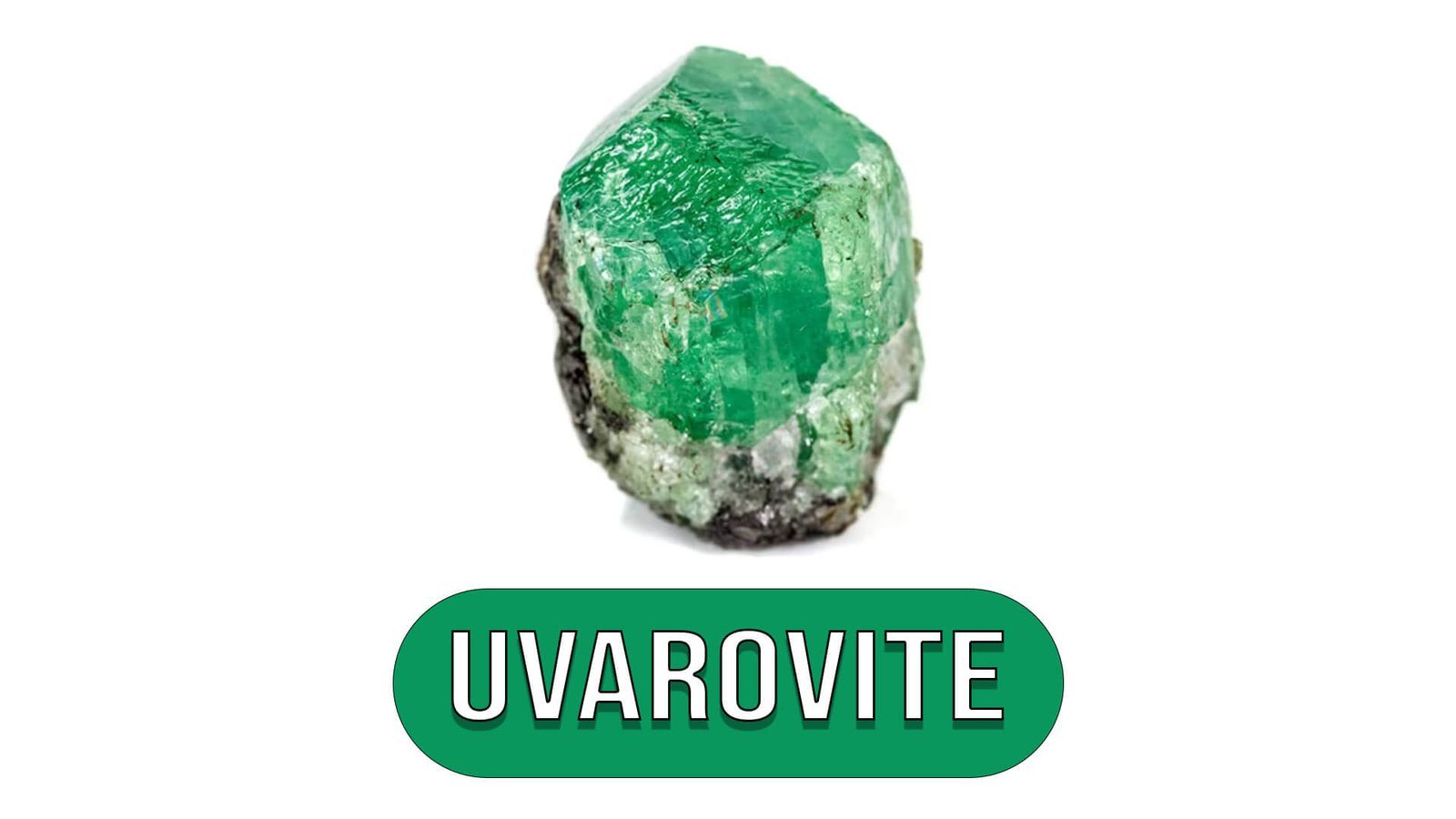
An uncommon type of vivid green garnet is uvarovite.
Care and Cleaning of Garnet
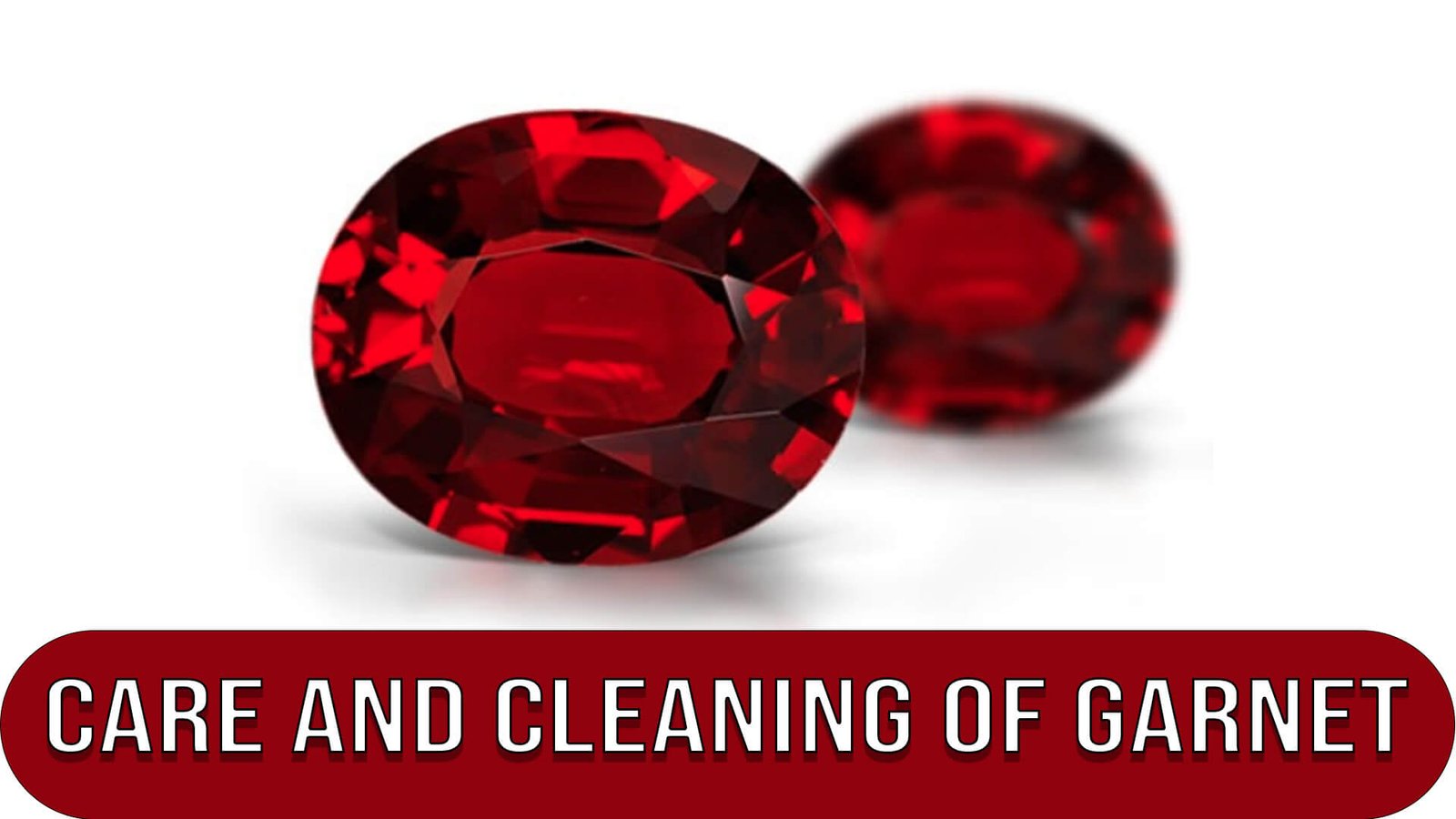
This birthstone is more prone to breakage than rubies, sapphires, and diamonds since it is less hard than a diamond or a sapphire. While some garnets are inappropriate for daily use, they are ideal for chains, necklaces, and earrings. Consider the storage method you desire for your garnet jewelry. It can be scratched if you allow it to touch against tougher gems, such as sapphires, diamonds, and rubies. Garnets can also abrade softer crystals like opals or pearls.
Garnets are generally not treated. Rarely, though, some garnets may be treated to boost the gem’s apparent purity by having surface-reaching cracks filled with a substance that resembles glass. Such processed stones require careful handling.
Cleaning garnets are always safe with a delicate brush and warm, soapy water. Ultrasonic cleaners are often harmless, except for rocks that have fractures or had fractures filled. Steam cleaning is not recommended. You have unique garnet jewelry but care is must for it.
Cost of Garnet
Garnet is most commonly associated with its red color, although it also comes in various colors, which affects its rarity and price. Some people mistake garnets for rubies. However, compared to most garnets, rubies are significantly rarer and more valuable. Additionally, although similar, rubies have a far more vivid red hue.
Depending on the extent of flaws, they usually range from $500 to $7000 per carat for more giant, immaculate stones. The most costly garnet at the highest price range is demantoid.
Conclusion
As the birthstone for January, garnet dominates the world of gemstones, enthralling everybody who looks at its mesmerizing depths. Its striking red tones represent love and loyalty and the vigor and fortitude required to start over. The garnet endures as a constant companion through the seasons and the years, enriching the lives of those born in January with its enduring attractiveness. It is a treasure worth preserving because of its lengthy history, legendary origins, and obvious beauty.
The garnet birthstone is a constant reminder of the wearer’s journey and the characteristics that make them who they are, whether it is a pendant, ring, or bracelet. The garnet continues to dazzle with its fiery glow, creating a lasting impression on the hearts and minds of those fortunate enough to have it as their birthstone.
Read More: Febuary Birthstone, March Birthstone, April Birthstone, May Birthstone, June Birthstone, July Birthstone, August Birthstone, September Birthstone, October Birthstone, November Birthstone, December Birthstone





